With new technologies revolutionizing data collection, wildlife researchers are becoming increasingly able to collect data at much higher volumes than ever before. Now we are facing the challenges of putting this information to use, bringing the science of big data into the conservation arena. With the help of machine learning tools, this area holds immense potential for conservation practices. The applications range from online trafficking alerts to species-specific early warning systems to efficient movement and biodiversity monitoring and beyond.
However, the process of building effective machine learning tools depends upon large amounts of standardized training data, and conservationists currently lack an established system for standardization. How to best develop such a system and incentivize data sharing are questions at the forefront of this work. There are currently multiple AI-based conservation initiatives, including Wildlife Insights and WildBook, that are pioneering applications on this front.
This group is the perfect place to ask all your AI-related questions, no matter your skill level or previous familiarity! You'll find resources, meet other members with similar questions and experts who can answer them, and engage in exciting collaborative opportunities together.
Just getting started with AI in conservation? Check out our introduction tutorial, How Do I Train My First Machine Learning Model? with Daniel Situnayake, and our Virtual Meetup on Big Data. If you're coming from the more technical side of AI/ML, Sara Beery runs an AI for Conservation slack channel that might be of interest. Message her for an invite.
Header Image: Dr Claire Burke / @CBurkeSci

Explore the Basics: AI
Understanding the possibilities for incorporating new technology into your work can feel overwhelming. With so many tools available, so many resources to keep up with, and so many innovative projects happening around the world and in our community, it's easy to lose sight of how and why these new technologies matter, and how they can be practically applied to your projects.
Machine learning has huge potential in conservation tech, and its applications are growing every day! But the tradeoff of that potential is a big learning curve - or so it seems to those starting out with this powerful tool!
To help you explore the potential of AI (and prepare for some of our upcoming AI-themed events!), we've compiled simple, key resources, conversations, and videos to highlight the possibilities:
Three Resources for Beginners:
- Everything I know about Machine Learning and Camera Traps, Dan Morris | Resource library, camera traps, machine learning
- Using Computer Vision to Protect Endangered Species, Kasim Rafiq | Machine learning, data analysis, big cats
- Resource: WildID | WildID
Three Forum Threads for Beginners:
- I made an open-source tool to help you sort camera trap images | Petar Gyurov, Camera Traps
- Batch / Automated Cloud Processing | Chris Nicolas, Acoustic Monitoring
- Looking for help with camera trapping for Jaguars: Software for species ID and database building | Carmina Gutierrez, AI for Conservation
Three Tutorials for Beginners:
- How do I get started using machine learning for my camera traps? | Sara Beery, Tech Tutors
- How do I train my first machine learning model? | Daniel Situnayake, Tech Tutors
- Big Data in Conservation | Dave Thau, Dan Morris, Sarah Davidson, Virtual Meetups
Want to know more about AI, or have your specific machine learning questions answered by experts in the WILDLABS community? Make sure you join the conversation in our AI for Conservation group!
- @luciana.rocha
- | She/her
- 0 Resources
- 0 Discussions
- 3 Groups
- @julianagc
- | she/her
With a background in biology, consulting, and education, I enjoy combining my many passions in applying ML and AI to biodiversity conservation.

- 1 Resources
- 0 Discussions
- 6 Groups
Terrestrial Ecologist
- 0 Resources
- 1 Discussions
- 4 Groups
I am the executive director of FishEye Collaborative, a non-profit developing underwater bioacoustic technologies and methods to grow our understanding of marine ecosystems.
- 0 Resources
- 0 Discussions
- 6 Groups
- @marinejoly
- | she / her
Associate Professor in Cognitive Ethology (University of Portsmouth, UK), I am interested in primate behaviour and cognition. I am seeking new avenues to investigate animal cognition and address conservation issues.
- 0 Resources
- 0 Discussions
- 5 Groups
WildData Annotation Lab
- 0 Resources
- 0 Discussions
- 6 Groups
I am actively interested in pollinator ecology, monitoring, and conservation and the use of cutting-edge artificial intelligence tools for my research. https://vargaszilay.hu/
- 0 Resources
- 0 Discussions
- 2 Groups
- @kbubnicki
- | he/his
Ecologist, data scientist, and programmer with over 13 years of professional experience. Open source and Linux enthusiast. Researcher at the Mammal Research Institute, Polish Academy of Sciences, and CEO of the Open Science Conservation Fund.
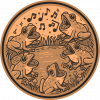
- 0 Resources
- 4 Discussions
- 5 Groups
- @bissembert
- | he/him
ReEarth AI
Tech guy, Ethicist, Vitalist and Wanderer


- 0 Resources
- 7 Discussions
- 6 Groups
- @mdorigo
- | she/her
- 0 Resources
- 0 Discussions
- 3 Groups
- @stefan_istrate
- | he/him
Machine Learning Researcher & Nature Photographer. Building conservation tech for biodiversity monitoring at Wildlife Insights.


- 0 Resources
- 5 Discussions
- 9 Groups
Society for Conservation GIS
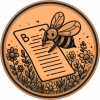

- 0 Resources
- 25 Discussions
- 5 Groups
Article
At the 2018 London Illegal Wildlife Trade Conference, we announced the WILDLABS Tech Hub, an accelerator programme created to support the development and scaling of groundbreaking technological solutions addressing the ...
13 April 2020
Community Announcement
Our second WILDLABS Community Call took place on April 1st to continue the discussion started by Ben Tregenna in our Data Science group, in which he suggested the idea of submitting a collaborative entry to the X-Prize...
30 March 2020
Article
At the 2018 London Illegal Wildlife Trade Conference, we announced the WILDLABS Tech Hub, an accelerator program created to support the development and scaling of groundbreaking technological solutions addressing the ...
26 March 2020
Trapped inside during the COVID-19 quarantine and looking to engage with conservation science without leaving your desk? Citizen science projects like those on Zooniverse offer a great opportunity to impact scientific...
18 March 2020
Machine learning is rapidly expanding as a useful field research tool, but its complexity can intimidate even seasoned tech conservationists. Edge Impulse aims to make machine learning solutions accessible,...
16 March 2020
The Esri Conservation Program is now accepting applications for grant assistance to access its ArcGIS Solutions for Protected Area Management Application. This system provides access to a suite of both mobile and web...
4 March 2020
The 2020 Tusk Awards are now accepting nominations of outstanding individuals who have made a significant impact on conservation in Africa. These nominations offer the rare and exciting opportunity to honor your peers...
3 March 2020
Are you ready for the Plastic Data Challenge? This global contest wants your innovative ideas for improving the plastic waste management and recycling chain in South and Southeast Asia. Participants can consider...
3 March 2020
Conservation X Labs welcomes you to enter the Artisanal Mining Grand Challenge, a competition aimed at finding new and innovative solutions to the environmental problems caused by mining operations. This competition...
26 February 2020
Researchers are increasingly placing microphones in forests and other ecosystems to monitor birds, insects, frogs, and other animals. As the technology advances and becomes less costly, proponents argue, bioacoustics is...
24 February 2020
The Arribada Initiative is back with an update on their thermal elephant alert system which aims to reduce human-elephant conflict (HEC). The success of their system rests on the ability of a camera to accurately...
17 February 2020
Applications are now open for a second round of the £10 million UK Seafood Innovation Fund to transform the future landscape of the seafood industry.
11 February 2020
June 2025
event
event
July 2025
October 2025
event
event
November 2023
October 2023
event
event
73 Products
Recently updated products
16 Products
Recently updated products
| Description | Activity | Replies | Groups | Updated |
|---|---|---|---|---|
| @bluevalhalla thanks for sharing the awesome video, sounds like a great project! |
|
AI for Conservation | 10 months ago | |
| Hi everyone, I am conducting a research project as part of my MSc in Environment and Development at the London School of Economics. I... |
|
Acoustics, AI for Conservation, Autonomous Camera Traps for Insects, Ethics of Conservation Tech | 10 months 1 week ago | |
| @cmwainaina please take a look |
|
Animal Movement, AI for Conservation, Camera Traps, Connectivity, Data management and processing tools, East Africa Community, Emerging Tech, Ethics of Conservation Tech, Human-Wildlife Conflict, Marine Conservation, Protected Area Management Tools, Geospatial, Sensors, Software Development | 10 months 1 week ago | |
| Glad to announce that a new tutorial is available on Firetail: |
|
AI for Conservation, Animal Movement | 10 months 3 weeks ago | |
| The use of synthetic training data such as interpolated sequence values is common, but fraught with the issue of your synthetic signal generating features that are not true to... |
|
Data management and processing tools, AI for Conservation | 11 months ago | |
| In that case, you might want to keep an eye on the project from @Lars_Holst_Hansen |
|
Camera Traps, AI for Conservation, Conservation Tech Training and Education, Early Career, Human-Wildlife Conflict, Protected Area Management Tools | 11 months 2 weeks ago | |
| No worries! I'll be trying the other one to see how it works. Thank you for your help! |
|
AI for Conservation | 11 months 3 weeks ago | |
| Fantastic!! |
|
Acoustics, AI for Conservation, Animal Movement, Build Your Own Data Logger Community, Community Base, Early Career, Ethics of Conservation Tech, Marine Conservation, Open Source Solutions | 11 months 3 weeks ago | |
| Hi everyone! I’m sending some information for a paid user study about Explainable AI and bird identification that may be of interest:Our... |
|
AI for Conservation, Citizen Science | 1 year ago | |
| This is so cool! I am 1000% going to see if they want to come talk about it at Variety Hou! |
|
AI for Conservation, Citizen Science | 1 year ago | |
| Hi Sol,If the maximum depth is 30m, it would be worth experimenting with HydroMoth in this application especially if the deployment time is short. As Matt says, the air-filed case... |
|
Acoustics, AI for Conservation, Data management and processing tools, Emerging Tech, Sustainable Fishing Challenges | 1 year ago | |
| Online citizen science platforms like iNaturalist and Macaulay Library contain a wealth of images but are hard to search using text. We are... |
|
AI for Conservation, Citizen Science | 1 year 1 month ago |
DeepFaune: a software for AI-based identification of mammals in camera-trap pictures and videos
14 July 2023 3:14pm
25 October 2023 8:57am
That's a very interesting question and use case (I'm not from deepfaune). I'm playing with this at the moment and intend to integrate it into my other security software that can capture and send video alerts. I should have this working within a few weeks I think.
The structure of that software is that it is two stage, the first stage identifies that there is an animal and it's bounding box and then there's a classification stage. I intend to merge the two stages so that it behaves like a yolo model so that the output is bounding boxes as well as what type of animal it is.
However, my security software can cascade models. So if you were able to train a single stage classifier that identifies your particular bears, then you could cascade all of these models in my software to generate an alert with a video saying which bear it was.
4 November 2023 4:51am
Hi @GermanFore ,
I work with the BearID Project on individual identification of brown bears from faces. More recently we worked on face detection across all bear species and ran some tests with identifying Andean bears. You can find details in the paper I linked below. We plan to do more work with Andean bears in 2024.
I would love to connect with you. I'll send you a message with my email address.
Regards,
Ed
Multispecies facial detection for individual identification of wildlife: a case study across ursids | Mammalian Biology
To address biodiversity decline in the era of big data, replicable methods of data processing are needed. Automated methods of individual identification (I
A SPOTLIGHT ON CUTTING-EDGE BIOMONITORING TECHNOLOGIES
31 October 2023 9:09am
15 November 2023 6:10pm
31 January 2024 7:17pm
Nepal's tiger conservation gets tech boost with AI-powered deer tracking
30 October 2023 1:23pm
Acoustic Monitoring Specialist
26 October 2023 7:32pm
AI + Environment Summit
26 October 2023 11:15am
Entomological Research Specialist for Automated Insect Monitoring
25 October 2023 7:21pm
Lead Data Engineer - Climate Solutions, Open Earth
25 October 2023 11:07am
Automated moth monitoring & you!
24 October 2023 8:52am
Biodiversity modelling in the AI era
23 October 2023 12:03pm
Soundscapes and deep learning enable tracking biodiversity recovery in tropical forests
20 October 2023 3:38pm
ZSL Research Fellow (x3 roles)
20 October 2023 3:34pm
PhD Opportunity: YELLOWHAMMER - Individual acoustic monitoring to study song culture evolutionwithin and between dialect areas
20 October 2023 12:54pm
PhD Opportunity: Distributed sound source localisation and separation for wireless microphone networks consisting of two-microphone nodes
20 October 2023 12:47pm
PhD Opportunity: 'FLOATERS' position at Bioacoustic AI Doctoral Network
20 October 2023 12:36pm
Catch up with The Variety Hour: October 2023
19 October 2023 11:59am
Anyone else attending ADSA in Texas next week?
17 October 2023 8:46pm
Practical strategies for conservationists in an increasingly digital world
9 October 2023 5:04pm
Leveraging new digital technologies for conservation impact
9 October 2023 4:39pm
AI Challenge aiming to automate the identification process of sea turtles
6 October 2023 11:38am
Four Amazing Impacts of This A.I.-Powered Bird Migration Tracker | Science| Smithsonian Magazine
5 October 2023 4:26pm
GEO BON Monitoring Biodiversity for Action
5 October 2023 3:10pm
Mozilla Foundation, funding for nature conservation
4 October 2023 6:30pm
🚀 New Grant: 'Satellites for Biodiversity Award' Round 2
2 October 2023 1:50pm
GIS & Data Science Specialist
28 September 2023 1:32pm
Conservation Innovation Manager
27 September 2023 11:08pm
1st Wildlife Scientific Conference 2023
25 September 2023 11:10am
Geospatial Data Scientist, Varaha
25 September 2023 9:58am
Digital Disruption for Conservation Toolkit
22 September 2023 12:18pm
IUCN and AI2 to provide AI technology at no cost to fast-track implementation of newly signed UN High Seas Treaty
22 September 2023 9:54am
Q&A: UK NERC £3.6m AI (image) for Biodiversity Funding Call - ask your questions here
13 September 2023 4:10pm
21 September 2023 4:27pm
This is super cool! Me and @Hubertszcz and @briannajohns and several others are all working towards some big biodiversity monitoring projects for a large conservation project here in panama. The conservation project is happening already, but hubert starts on the ground work in January and im working on a V3 of our open source automated insect monitoring box to have ready for him by then.
I guess my main question would be if this funding call is appropriate/interested for this type of project? and what types of assistance are possible through this type of funding (researchers? design time? materials? laboratory field construction)










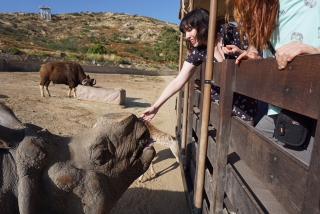





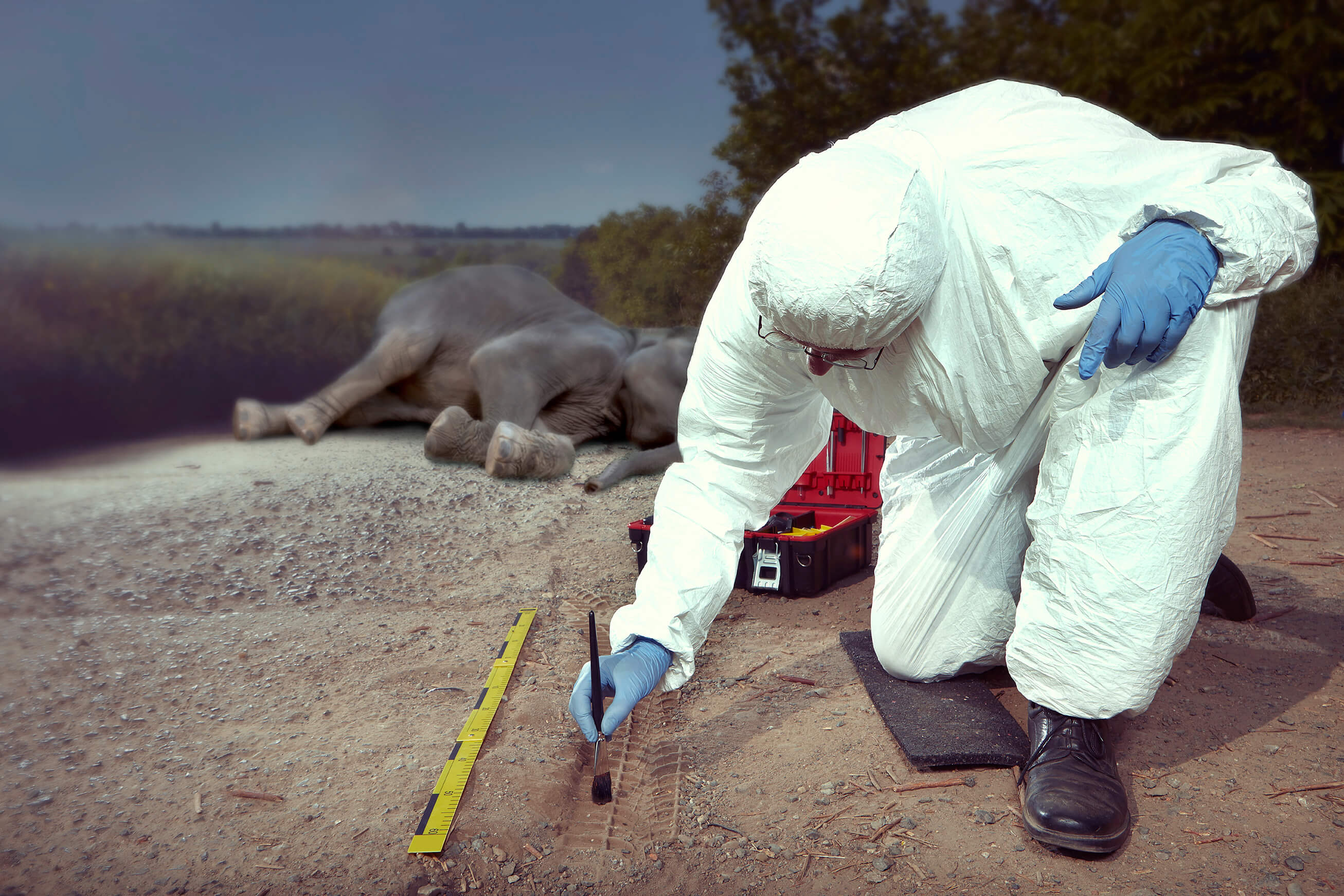






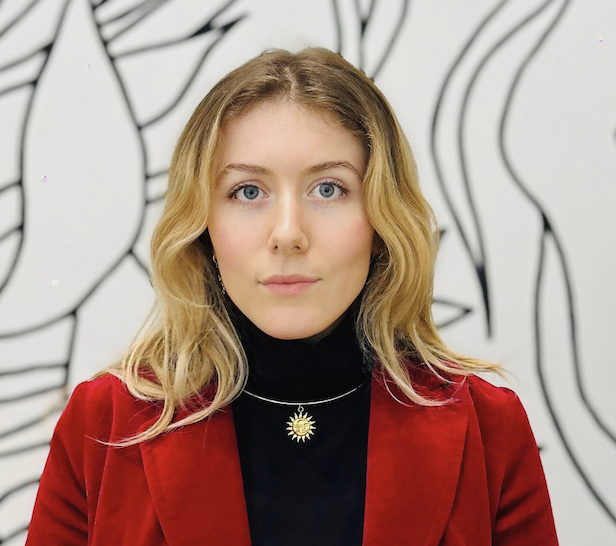
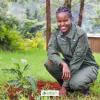










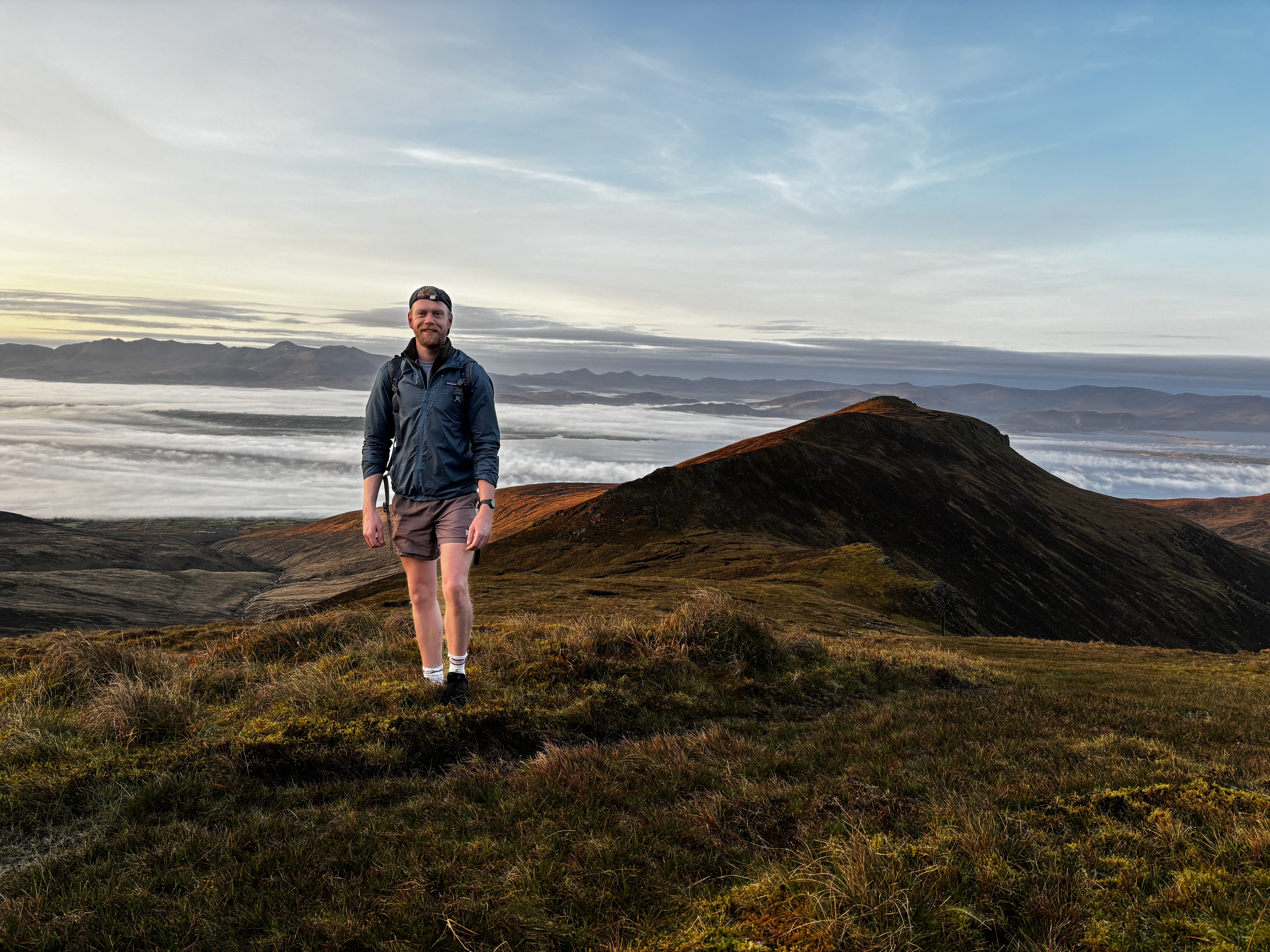










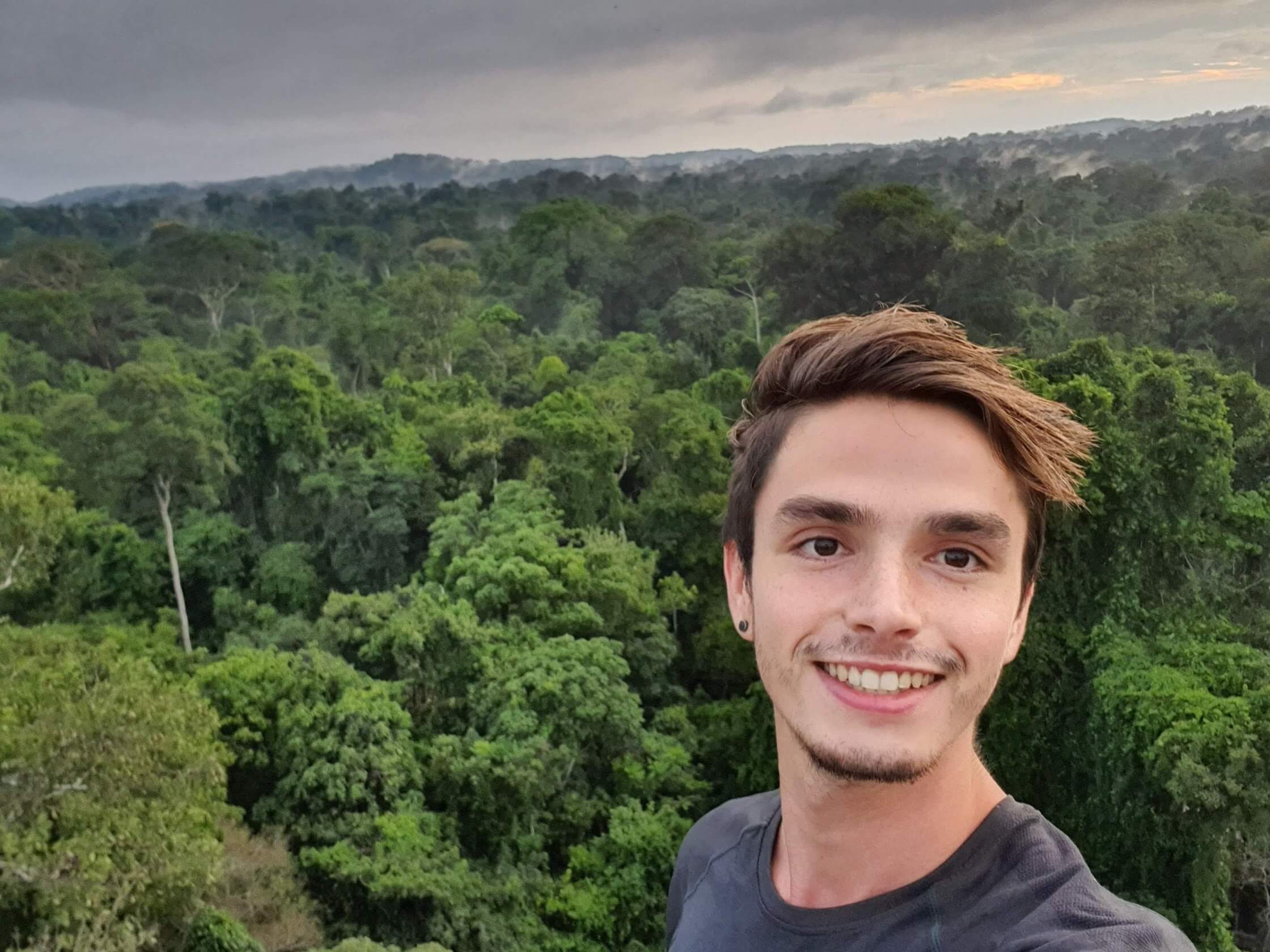


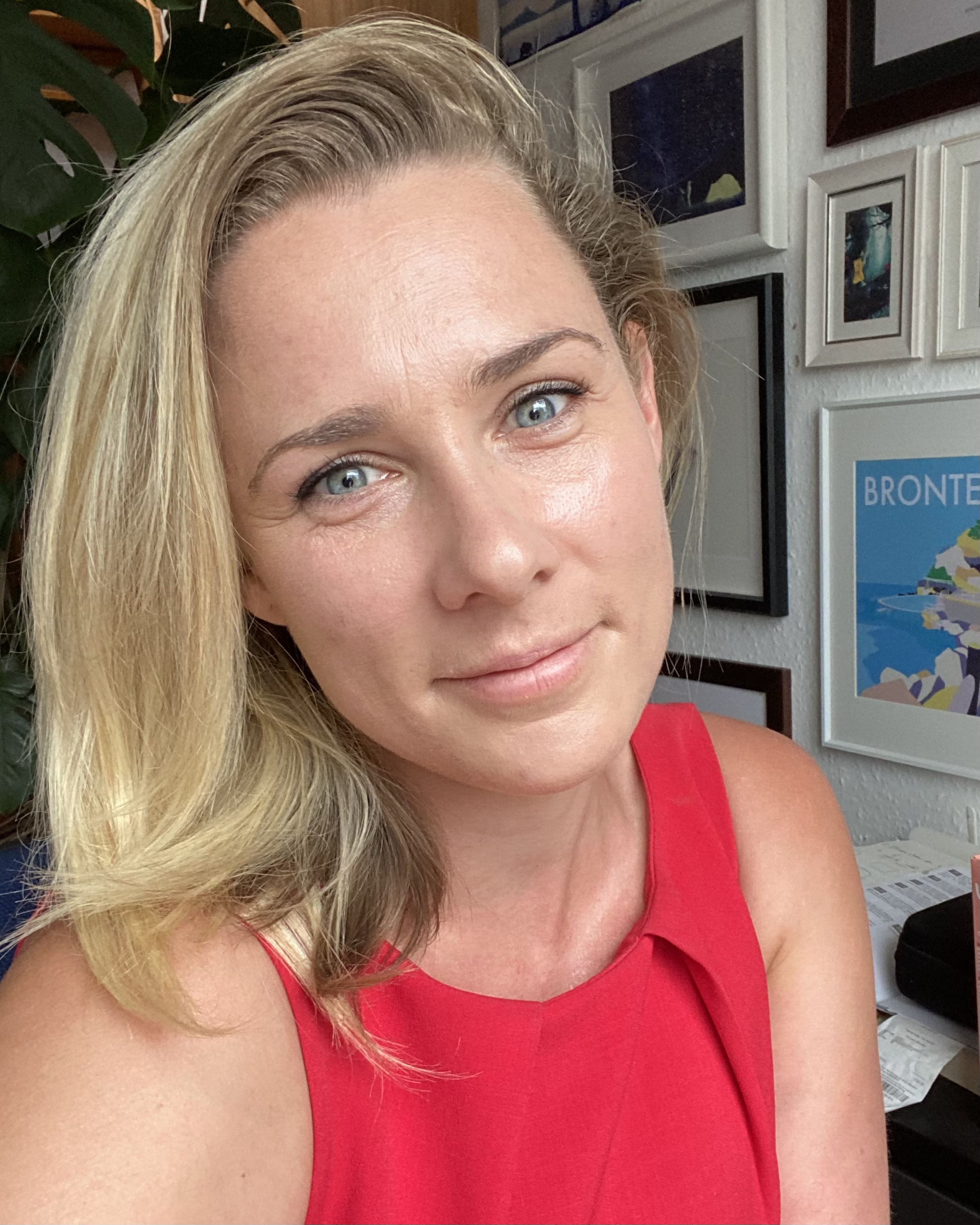
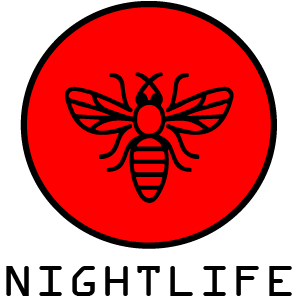
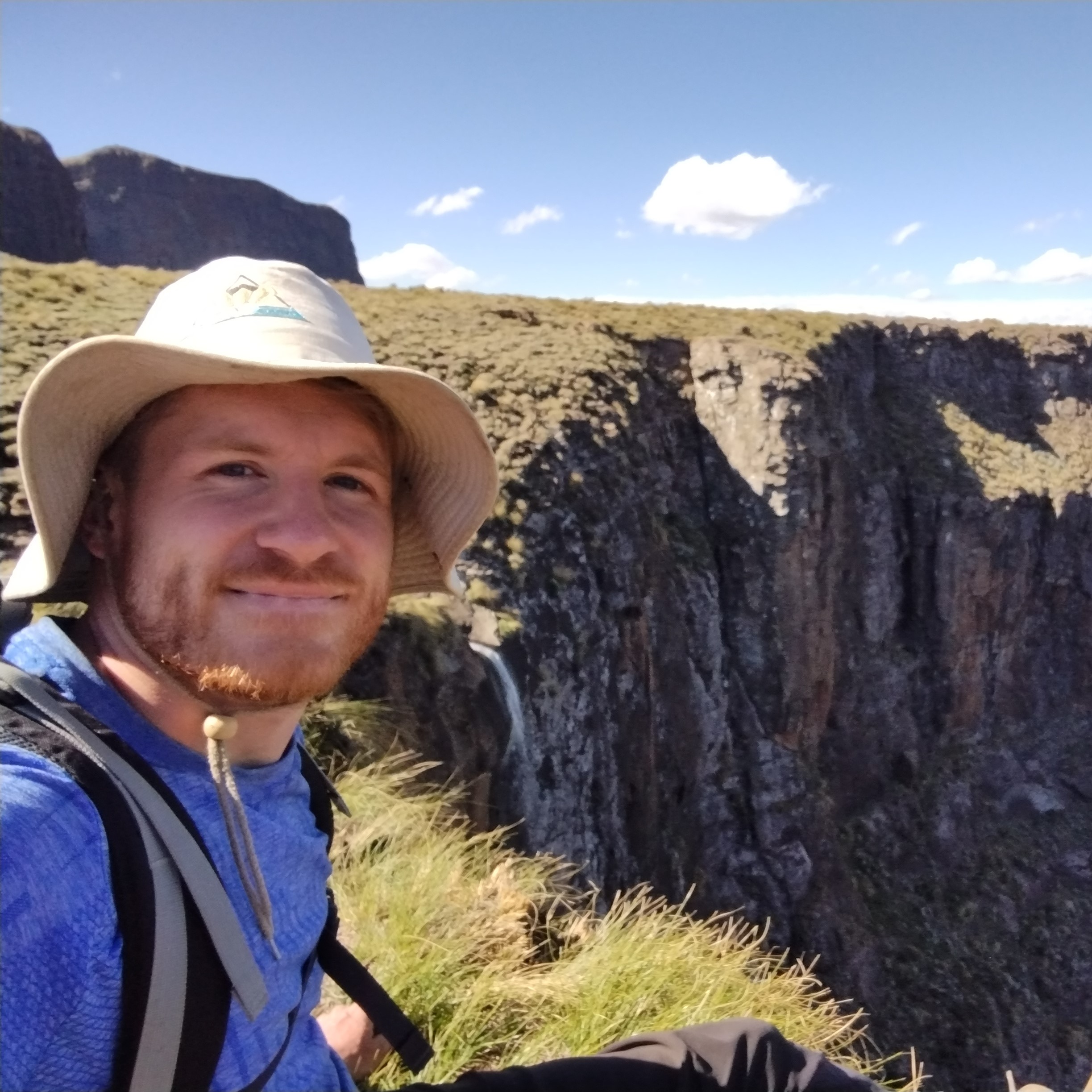

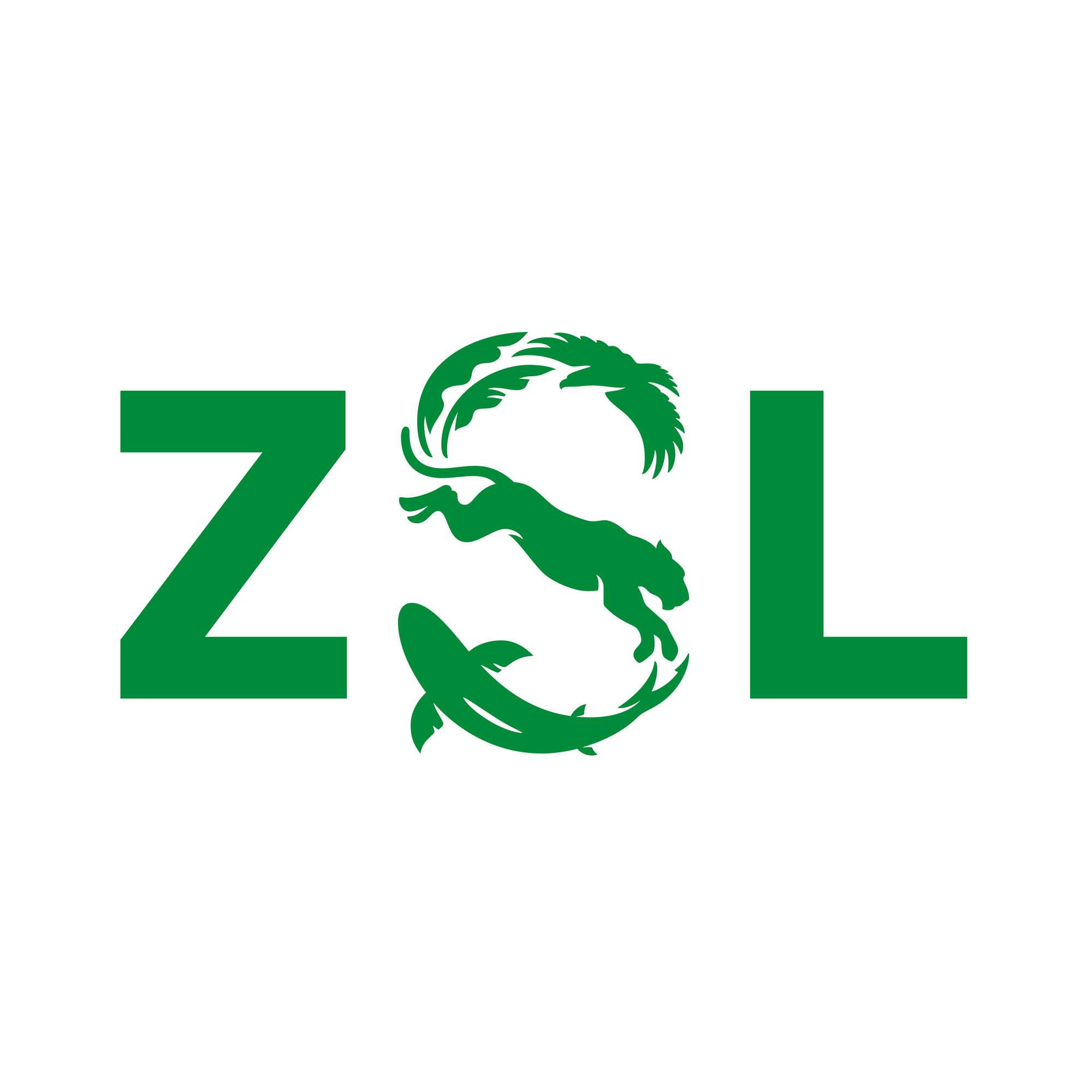




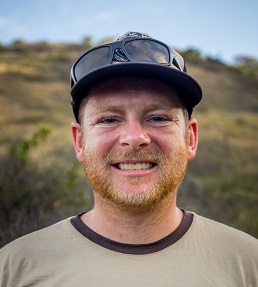


24 October 2023 8:46pm
Hello to all, new to this group. This is very exciting technology. can it work for ID of individual animals? we are interested in Ai for identifying individual jaguars (spots) and andean Bears (face characteristics). Any recommendation? contact? thanks!
German